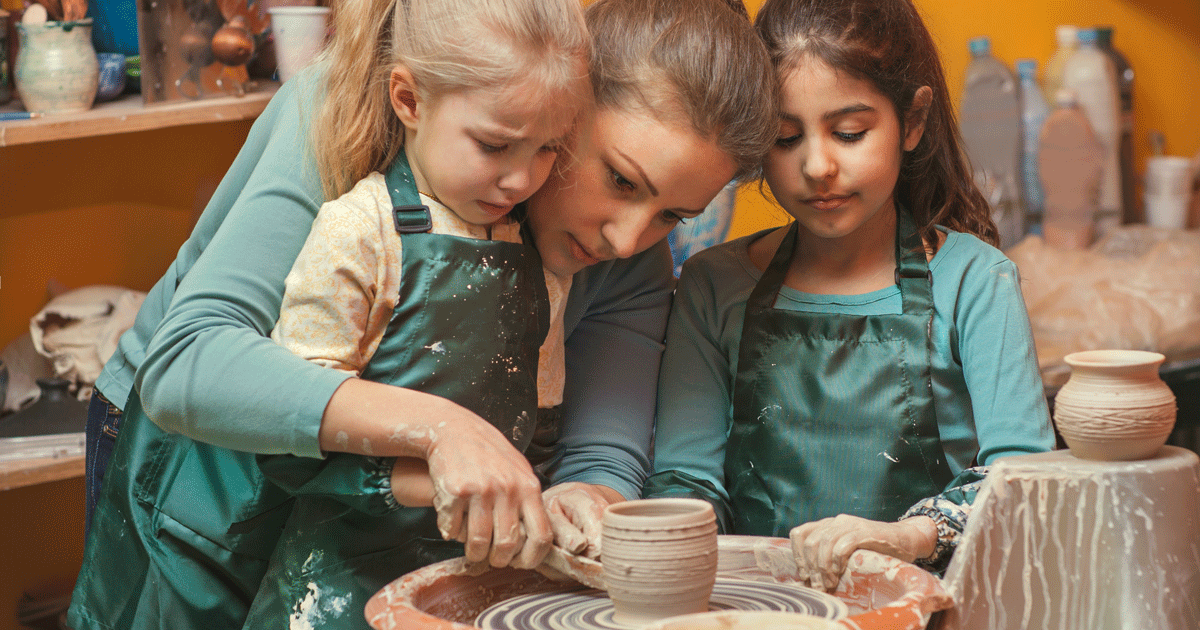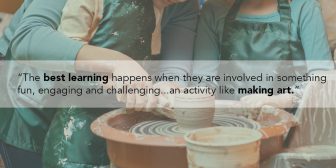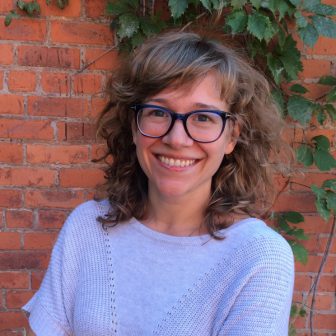In my last post, I revisited some memories from my ![]() 8th grade art class with John Post, in the light of what we’ve been learning from Becoming Brilliant—a book about what skills our kids will need to be successful in the 21st century. I don’t believe that these skills (collaboration, communication, content, critical thinking, creative innovation, and confidence—the “6 Cs”) are being intentionally built in schools within Michigan’s current system of over-reliance on high stakes, standardized assessments, except perhaps in rare pockets. So I turned to a teacher who I thought was teaching these skills intentionally, long before Becoming Brilliant was published.
8th grade art class with John Post, in the light of what we’ve been learning from Becoming Brilliant—a book about what skills our kids will need to be successful in the 21st century. I don’t believe that these skills (collaboration, communication, content, critical thinking, creative innovation, and confidence—the “6 Cs”) are being intentionally built in schools within Michigan’s current system of over-reliance on high stakes, standardized assessments, except perhaps in rare pockets. So I turned to a teacher who I thought was teaching these skills intentionally, long before Becoming Brilliant was published.
Today I want to quote his philosophy of teaching at a little greater length (because it’s wonderful and I couldn’t say this any better). After describing a lab on measurement that another teacher in his building runs where kids are “learning by doing,” Mr. Post offers this:
What’s really strange is that this is not the norm when it comes to teaching kids in our schools, it’s the exception. Most of the time kids don’t get to learn by doing, they are expected to learn by listening. They have to sit, be quiet and listen to the teacher for hours at a time. Pop into any school and walk past the classrooms. In 99% of them the teacher is doing all the talking. Then walk past an art room where the kids are making things with their hands. They are the ones talking, sharing ideas, giving each other feedback, and acting as participants in their own learning instead of just sitting there as passive observers. This is why kids love coming to an art class and working in clay. They can take an amorphous mass of clay and through an amazing connection between their brain and their hands, they can give an idea life. Clay is a magical material in the eyes of a kid. It can become anything they choose to make it. Itʼs one of few things in life that kids get to control from start to finish without some adult butting in and telling them how to do it.
Learning is about taking risks, trying new ideas, and being open to possibilities. In order for your brain to learn it has to be relaxed, engaged and given room to meander and make choices. This is how kids approach play and learning. If you observe how they approach each of these activities you’ll probably have a hard time seeing where one activity leaves off and the other one begins. In fact the best learning happens when kids don’t even know they are getting a lesson. The best learning happens when they are involved in something fun, engaging and challenging… an activity like making art.
I have to admit that one of my clearest memories of working with Mr. Post was the discovery that the math skills I liked practicing so much had an application in the “real world”—I needed them to mix new glazes for an after-school art project when Mr. Post helped me experiment with a homemade sawdust-firing kiln I could use in my backyard. This was a lot more fun than math worksheets (and I was a kid who didn’t mind math worksheets).
I would suggest that the most successful teachers you can remember, whatever the subject, probably approached their teaching like Mr. Post, delivering you material in a way that was “fun, engaging, and challenging,” and trying to open you to new possibilities. This is the kind of teaching we have to make sure there is room for in all of our classrooms, in all of our schools.








